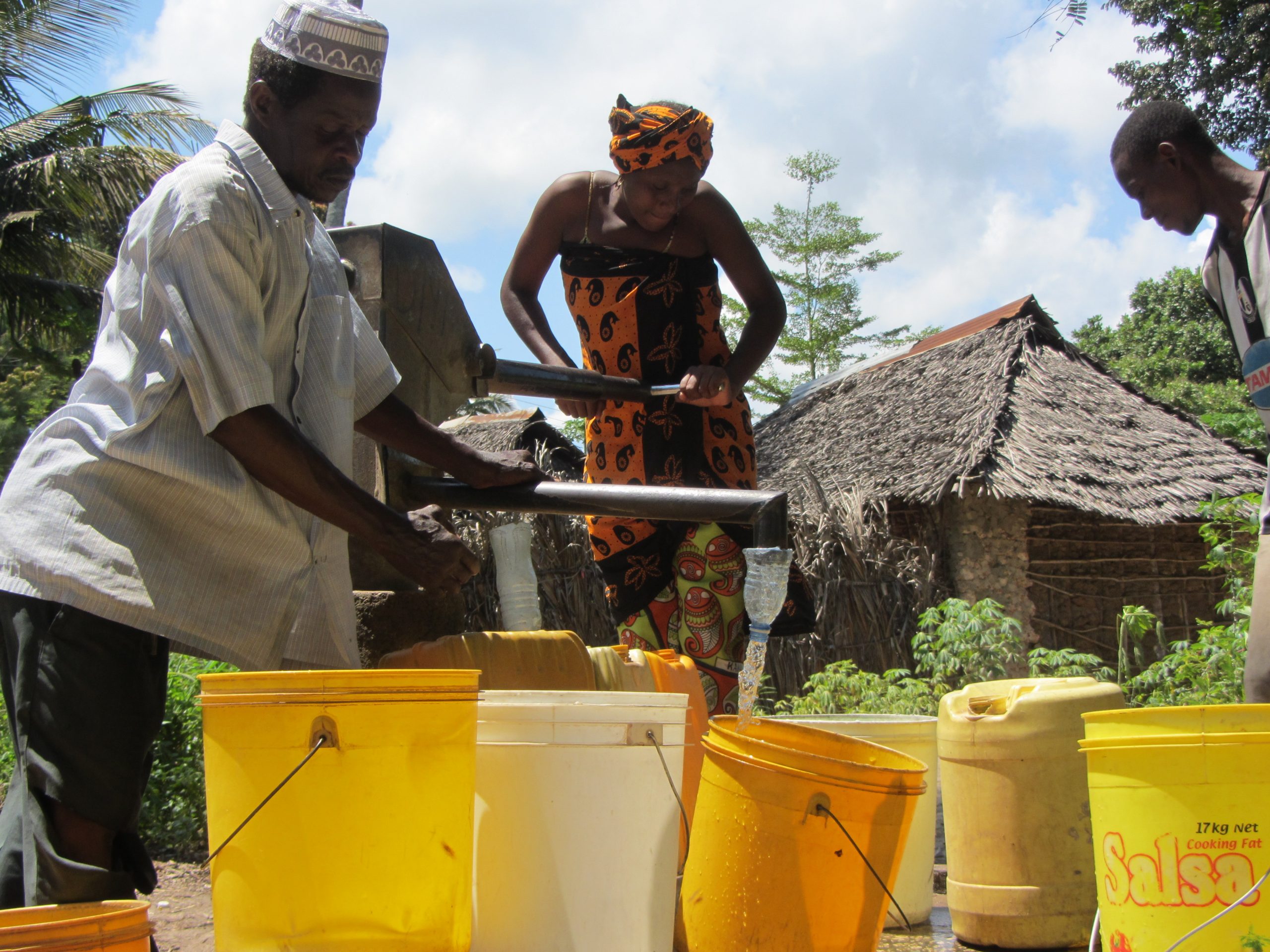Shallow groundwater levels can be estimated by monitoring the up-and-down movement of handpumps, Oxford University researchers have discovered. The research has been published in the journal Environmental Modelling & Software, and featured on the BBC Science & Environment.
The research uses machine learning methods to analyse the data from low-cost sensors fitted to the handpump handles in Kenya. The vibrations produced by the handpumps vary according to the depth of the underground aquifer where the water is being drawn from.
Africa’s shallow aquifers supply water for around 200 million rural Africans lifted by one million handpumps. If this innovation was scaled up, these handpumps could be transformed into a distributed monitoring network, providing vital information on groundwater availability and how it changes over time. This in turn could enable action to prevent water supplies drying up and help manage a resource that is under increasing pressure.
The work is funded by the UK Department for International Development, the Economic and Social Research Council, and the Natural Environment Research Council, and is being taken forward through the REACH programme.

